by Lisa Cooke | Dec 19, 2015 | 01 What's New, Ancestry, Beginner, Technology, Trees
As Family Tree Maker software nears the end of its product lifecycle, many may wonder how far past the “expiration date” they should use it. Here’s my take.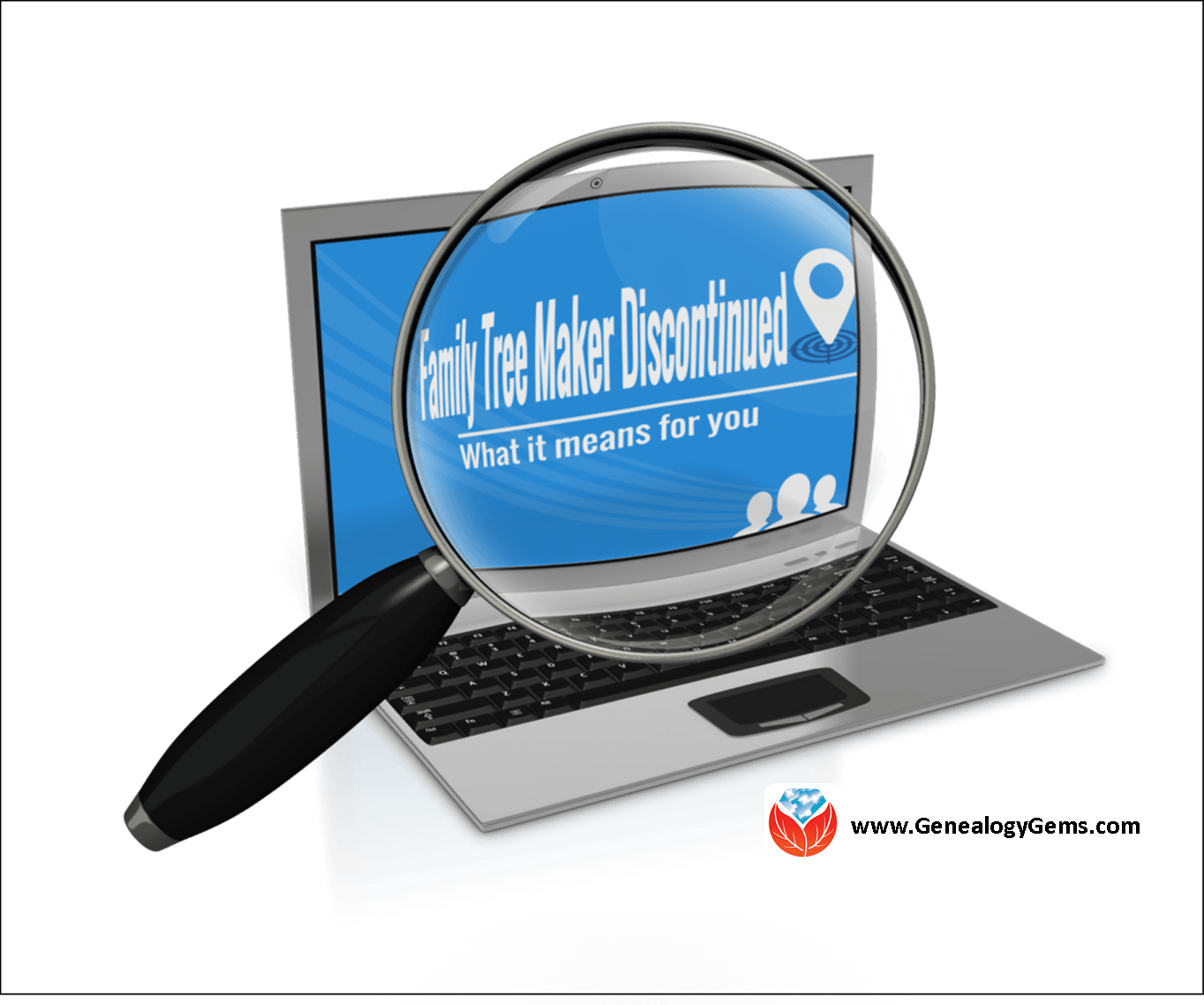
Ancestry.com recently announced that they will stop supporting Family Tree Maker, the popular desktop software that syncs with Ancestry.com trees online. Sales will end on December 31, 2015. Product support and major fixes for current users will end a year later. (Click here for full details.)
This means the clock is ticking for Family Tree Maker users to decide where to put their family trees. Or is it? Can you continue to use software after it’s officially “expired?” For how long? What risks do you take if you do?
Consider the “Best If Used By” dates we see on the food products we buy. There is currently still some life in this product, and will be for a year after they stop selling it. According to Ancestry, during 2016 “all features of the software, including TreeSync™, will continue to work, and Member Services will be available to assist with user questions. We will also address major software bugs that may occur, as well as compatibility updates.” So technically, the “Best if Used By” date is the end of 2016. But then what?
What Happens with Family Tree Maker after 2016?
The software will still function on your computer. But it won’t sync to your Ancestry online tree anymore, and there will be no upgrades to make it compatible with future computer hardware or software. So eventually, you’ll need to transfer everything out of Family Tree Maker software anyway to be able to keep up with evolving technology. That’s what happened to me with my first favorite genealogy software. When it was discontinued, I hung on to it for a long time, and honestly, I had no problem.
Eventually, however, the old software was no longer fully compatible with new operating systems and I had to upgrade. I took a risk in continuing to enter information into an obsolete system–and wouldn’t take it again in retrospect. When it finally did come time to transfer, I was gambling with whether my system had gotten so far behind the times that it would be too difficult or even impossible to transfer everything. (Think how much our data transfer technology has changed in recent years: from floppy disks, CD-ROMs, CDs and DVDs to flash drives and now cloud-based transfers.) And I also ran the risk that there might be license limitations to how many computers my old software could be loaded onto.
Our genealogy software contains thousands of pieces of linked pieces of data: names, dates, relationships, source citation information, digitized photos and documents and more. This is not something we could easily re-create and I for one would not want to have to redo all that research (or even just key it in). Even if GEDCOM files continue as a universal file type for genealogy software, the ability to export every piece of information exactly as you want it in GEDCOMs is not guaranteed. For example, consider that when you download a tree from Ancestry, according to their customer support pages,”Any pictures, charts, books, views, or similar items found in the original file will not be included in the [downloaded] GEDCOM. Vital information, notes, and sources are usually retained after conversion.”
Why continue to load your Family Tree Maker software with data you might not be able to fully retrieve when you want to?
If you’re a Family Tree Maker user, I’m not saying you should panic. You have time to do your homework and carefully consider the best next step for you. You could start using new family history software with a reliable cloud-based back-up service for your computer, so your files are fully protected. You could migrate to another cloud-and-software-sync model over at MyHeritage (their desktop software is free). Click here to read more about those options and see current offers by RootsMagic and MyHeritage.com for Family Tree Maker users.
Bottom line: “Best if Used By” usually indicates that the sooner you finish consuming a product and move on, the healthier and better your experience will be. That is an applicable analogy for Family Tree Maker users. Research your options and move on to another product so your family tree will continue to grow and be healthy!
More Gems for Family Tree Maker Users
Here at Genealogy Gems we care about you and your data. Here are more resources for you:
What Ancestry’s Retirement of Family Tree Maker Software Means for You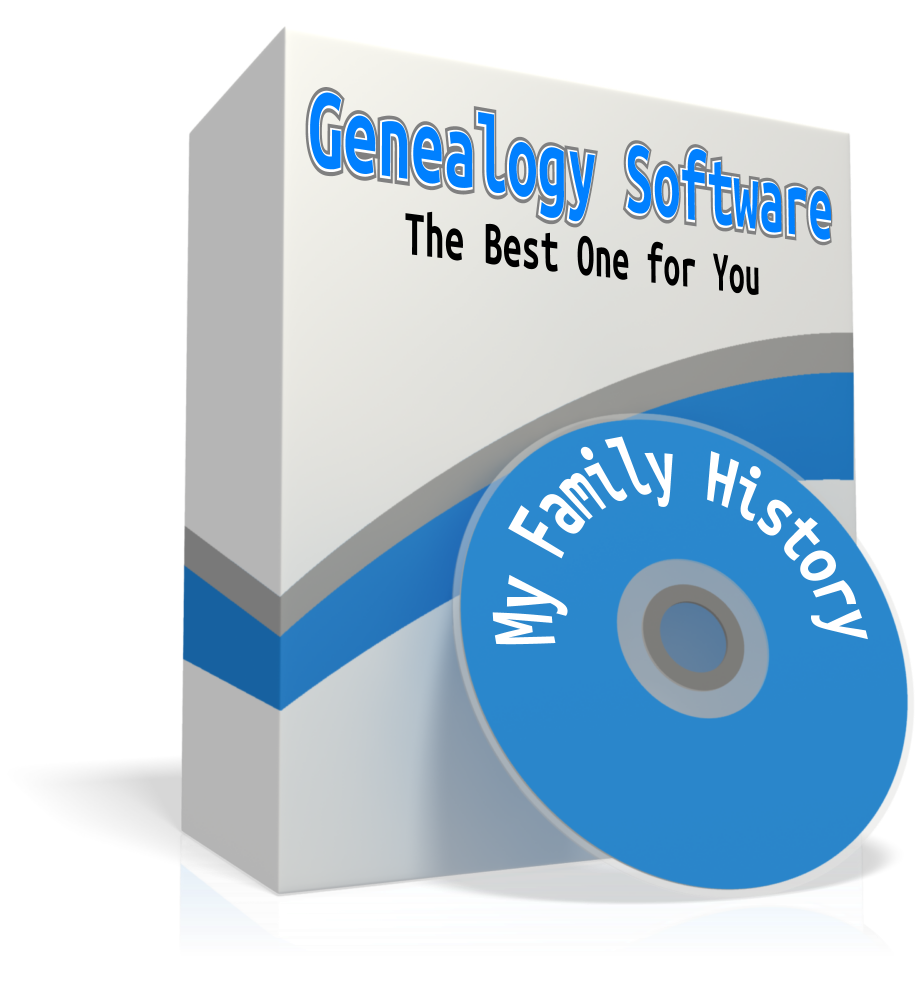
Best Genealogy Software: Which You Should Choose and Why
How to Download and Backup Your Ancestry Data
by Lisa Cooke | Dec 12, 2018 | 01 What's New, Genealogy Gems Podcast |
Genealogy Gems Podcast Episode 224 In this episode we recap 2018, and explore additional ideas to help you organize your home movies. Whether you have 8MM film, VHS tapes, Mini DV tapes or DVDs, this episode has what you need to preserve and organize them. Download...
by Lisa Cooke | Jan 29, 2016 | 01 What's New, Records & databases
Here’s our weekly update of new genealogy records online, designed for you to scan them quickly and click to the ones that matter for your family history. Thumbs up for free access to the Irish censuses of 1901 and 1911!
ENGLAND MARRIAGES. An enormous collection of about 2.3 million names from over 1,500 parishes across 29 English counties is in Findmypast’s new database, England, Phillimore Marriage Registers, 1531-1913
IRELAND CENSUS. MyHeritage.com has posted over 8.7 million indexed records (with images) from the 1901 and 1911 Irish censuses to its UK and Ireland Census Collection. These collections are FREE to search. According to the collection description, “The 1901 census lists – for every member of the household – name, age, gender, relationship to the head of the household, religion, occupation, marital status, county of birth (except for foreign births, which give country only), whether the individual spoke Irish (Gaelic), and whether the individual could read or write.” The 1911 census adds the numbers of years a woman had been married to her current husband; children born to them and children living.
KANSAS CENSUS. Ancestry.com has updated its Kansas, City and County Census Records, 1919-1961 . “This collection contains various city and county census records and population schedules from Kansas. They include information about inhabitants of a town, enumeration of livestock, and agriculture. Prior to 1953 the population schedules list the address, name of the head of household, and the number of individuals living in the household. Beginning in 1953 the schedules list all the members of the household and their ages.”
. “This collection contains various city and county census records and population schedules from Kansas. They include information about inhabitants of a town, enumeration of livestock, and agriculture. Prior to 1953 the population schedules list the address, name of the head of household, and the number of individuals living in the household. Beginning in 1953 the schedules list all the members of the household and their ages.”
MISSOURI CHURCH. Ancestry.com subscribers can now search Missouri, Methodist Church Records, 1856-1970 a new database of indexed images from various United Methodist churches in Missouri. Baptisms, marriages, memberships, burials and lists of clergy are included.
a new database of indexed images from various United Methodist churches in Missouri. Baptisms, marriages, memberships, burials and lists of clergy are included.
SCOTLAND. A new collection of Scottish parish and other records is now searchable at Findmypast. Scotland Registers & Records dates back to the early 1600s. Record types “range from monumental inscriptions to a novel on rural life in 18th century Scotland.”
 Looking for ancestors online? Turn to Genealogy Gems for ongoing education in using Google for genealogy (and everything else). Sign up for our FREE weekly e-mail newsletter for a free Google e-book and ongoing tips from our blog. Consider becoming a Genealogy Gems Premium website member so you get unlimited annual access to on-demand videos like Google Search Strategies for the Family Historian and many others.
Looking for ancestors online? Turn to Genealogy Gems for ongoing education in using Google for genealogy (and everything else). Sign up for our FREE weekly e-mail newsletter for a free Google e-book and ongoing tips from our blog. Consider becoming a Genealogy Gems Premium website member so you get unlimited annual access to on-demand videos like Google Search Strategies for the Family Historian and many others.
by Lisa Cooke | Feb 12, 2016 | 01 What's New, Records & databases
Each week we scour announcements of new genealogy records online and share those we think our readers most want to know about. This week, it’s all about Irish and US records!
IRELAND CENSUS RECORDS. MyHeritage.com has added to its site “over 8.7 million Irish census records from the 1901 and 1911 censuses [which record every household member]. Both collections are completely free and contain images.”
IRELAND PARISH RECORDS. Findmypast.com subscribers now have access to an exclusive index to the National Library of Ireland’s free online collection of digitized-but-not-indexed registers from 1000 parishes, with over 10 million baptisms and marriages. According to a FMP press release, “This is the first time that the collection has been indexed with the images linked online, making the search much easier and the records more accessible. As a result, family historians will now be able to make all important links between generations with the baptism records and between families with the marriage registers. These essential records cover the entire island of Ireland, both Northern Ireland and the Irish Republic.”
(US) DUTCH REFORMED CHURCH RECORDS. Ancestry.com has added a new collection of Dutch Reformed Church records (1701-1995)  from 14 states and has updated a separate but similar collection of Dutch Reformed Records
from 14 states and has updated a separate but similar collection of Dutch Reformed Records (1639-1989).
(1639-1989).
US MARRIAGES. Findmypast has just released an enormous collection of marriage records from across the United States. “Containing over 450 million names from 1650 to 2010…the US Marriages collection will, when complete, include over 100 million records, 60% of which have never been published online before.” A third of the data (about 33 million names) are already online.
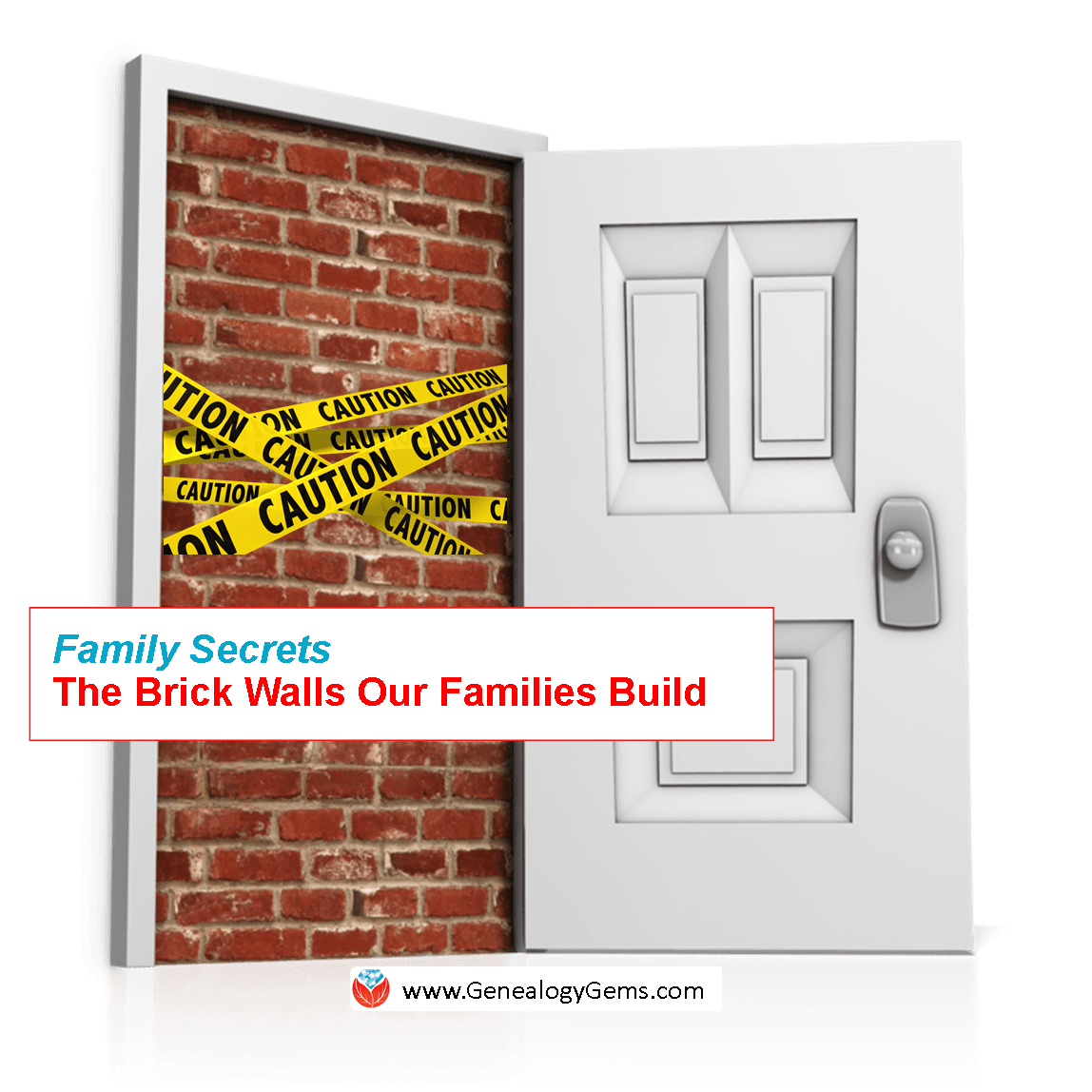 More Irish Research Gems
More Irish Research Gems
Disclosure: This article contains affiliate links and Genealogy Gems will be compensated if you make a purchase after clicking on these links (at no additional cost to you). Thank you for supporting Genealogy Gems!
by Lisa Cooke | May 7, 2016 | 01 What's New, Ancestry, Beginner, Brick Wall, Census, Records & databases, Research Skills
When may it pay off to look at the same records or indexes twice? When you can compare them on different genealogy websites. Here’s an example for this census research tip. 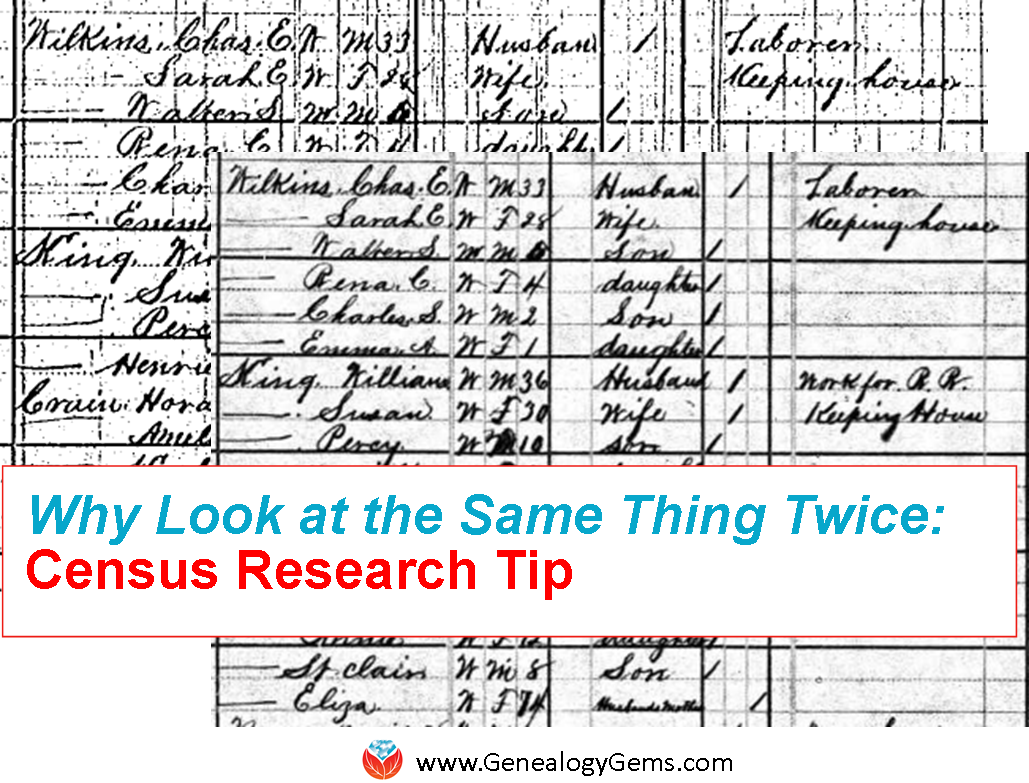
You’ve probably noticed that some record sets are available online at multiple websites. At each site, the images and indexes you find may be a little different. Online tools for viewing and searching at each site may also be different.
For example, a digitized image may be faded, dark, blurry, blotchy, cut off, or otherwise unreadable on one website but clearer on another site. Here are two images from the first few lines of the 1880 U.S. Federal Census taken in Bay Minette, Baldwin, Alabama. The first image comes from HeritageQuest Online (available at public libraries) and the second is from Ancestry.com. See the difference?
As you can see, depending on which line you’re reading, one image may be clearer than another.
Here’s another census research tip: The online tools available at each site are different, too. At HeritageQuest Online, you can view the image at original size, 200% or 400%, and you can look at the image as a negative, which sometimes helps faded text stand out a little more. Ancestry.com lets you zoom in and out, magnify specific areas, and rotate the image or view it in mirror form (in case you’re trying to read backward text bleeding through from the other side).
More Gems for Online Genealogy Research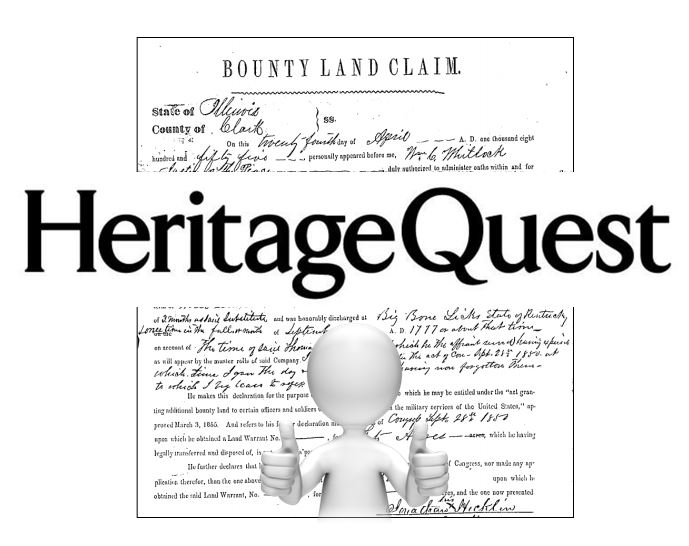
HeritageQuest Online Gets Better with Ancestry’s Support
4 Tips for Getting the Most out of Ancestry.com
Genealogy Gems Premium podcast episode 125: HeritageQuest Online, Ancestry Library edition and other great genealogy resources at the public library (Available only to Genealogy Gems Premium website members)



 Looking for ancestors online? Turn to Genealogy Gems for ongoing education in using Google for genealogy (and everything else). Sign up for our FREE weekly e-mail newsletter for a free Google e-book and ongoing tips from our blog. Consider becoming a
Looking for ancestors online? Turn to Genealogy Gems for ongoing education in using Google for genealogy (and everything else). Sign up for our FREE weekly e-mail newsletter for a free Google e-book and ongoing tips from our blog. Consider becoming a  More Irish Research Gems
More Irish Research Gems
